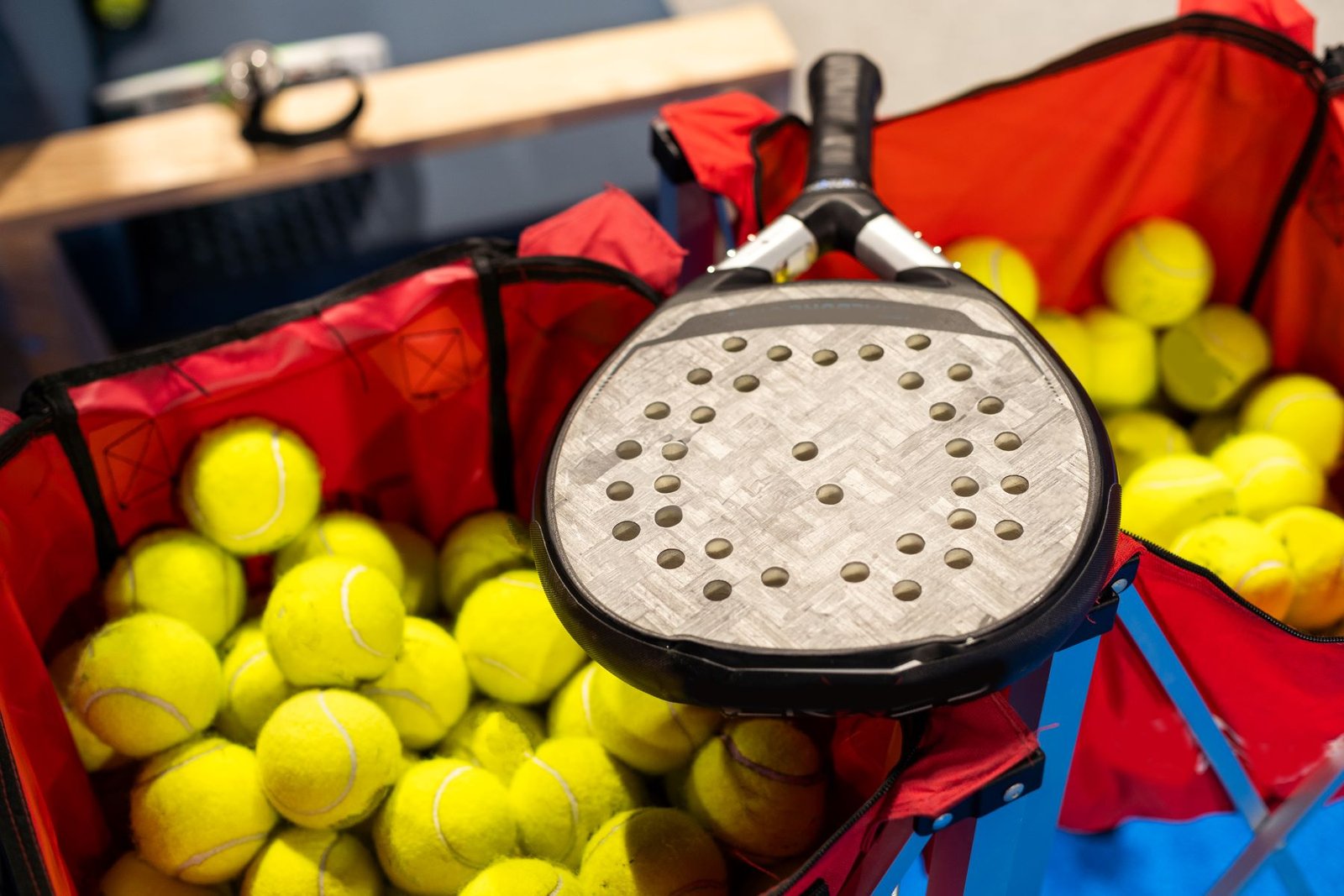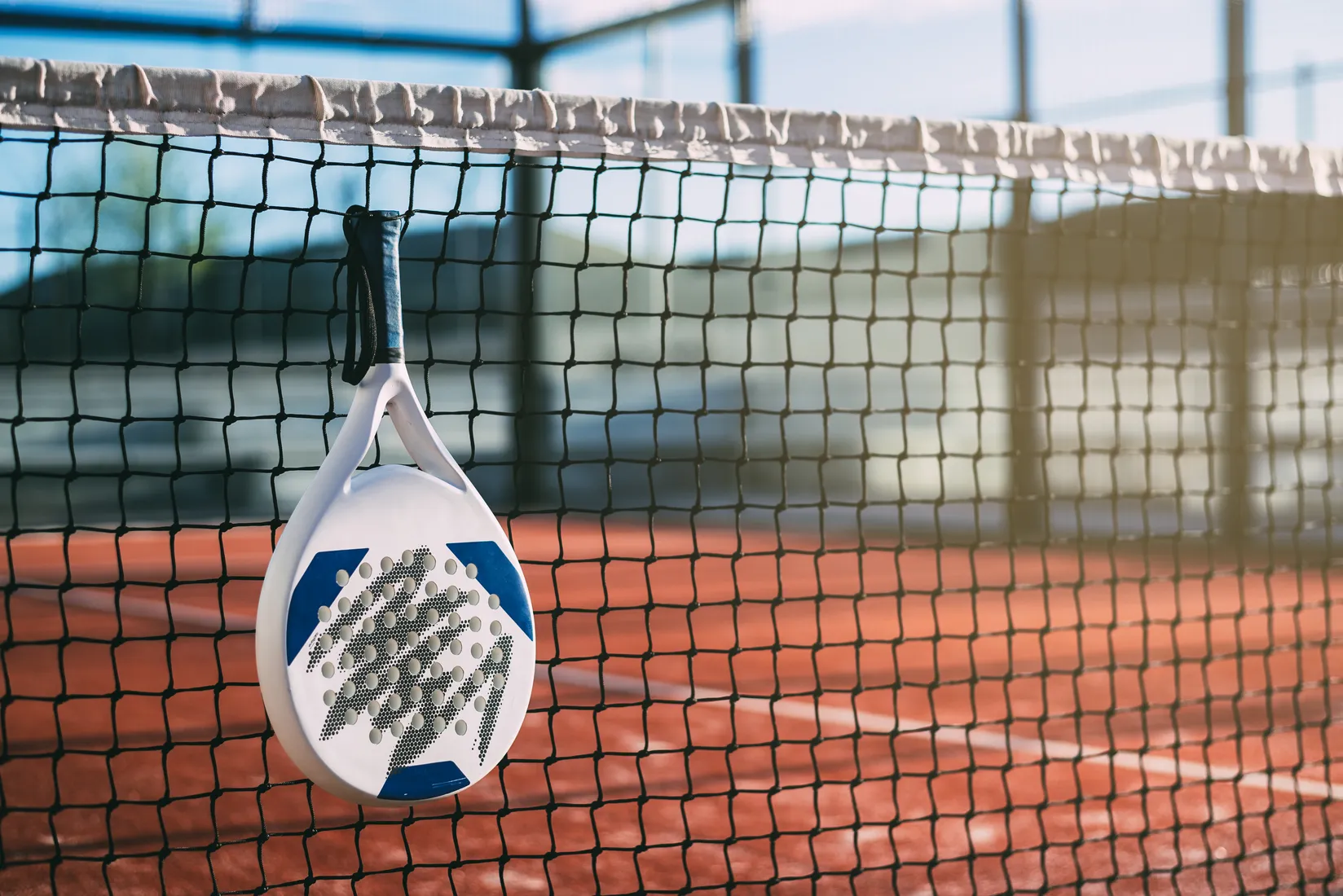Introduction
Why is padel so expensive? Both experienced and novice padel players are asking this question as the sport grows in popularity. Padel has boomed worldwide, with millions of players pounding the courts. However, due to its popularity, padel equipment, especially rackets, has become more expensive.
Due to its accessibility and speed, padel, a spin on tennis and squash, has attracted players worldwide. As more individuals play, high-quality gear, especially padel rackets, is in high demand, raising market prices.
Or, why are padel rackets so expensive? In 2024, padel rackets will be expensive due to materials, technology, and market dynamics. This blog will explain why. We’ll also discuss padel facts and how long a racket lasts to help you decide if a premium racket is worth it.
Read blog Best Rackets and Paddles 2024 at Badminton Warehouse
The Evolution of Padel Rackets
Brief History of Padel Rackets
- Early Beginnings: Padel began in Mexico in the 1960s with simple wooden rackets. Although heavy, unbalanced, and uncontrollable, these early models served the growing sport.
- Transition to Composite Materials: Manufacturers tried fiberglass and carbon as padel, which became popular in the 1980s and 1990s. Players got increased durability and feel with this racket design change.
- Modern Era: Padel rackets became more specialized by the 2000s. Advanced materials and construction methods enabled rackets for diverse playing styles and levels. The market has several possibilities, from beginner-friendly to professional-grade rackets.
Technological Advancements in Padel Racket Design
- Material Innovations: Carbon fiber, Kevlar, and graphene have transformed the padel racket industry. Highly robust and lightweight, these materials strike the optimum balance between force and control. However, the integration of these materials makes padel rackets pricey.
- Core Technology: Changing core densities and shock-absorption technologies have improved racket performance. Modern padel rackets have EVA (Ethylene Vinyl Acetate) foam cores with different harnesses, allowing players to choose a racket that suits their playstyle—power or control.
- Surface Textures: Padel rackets have also evolved due to improvements in surface texture. Some rackets have rough surfaces that improve spin, providing players with an edge in matches.
- Weight Distribution and Balance: Technological advances have improved padel racket weight distribution and balance. This has made rackets easier to handle, lowering fatigue and enhancing game performance.
- Customization Options: Padel rackets today are adjustable, letting players choose elements that suit their style. This personalization increases the cost but ensures each player gets a racket tailored to their demands.
Key Factors Influencing the High Cost
Material Quality
Advanced Materials:
High-tech materials like carbon fiber, Kevlar, and graphene make padel rackets costly. These materials are robust and improve racket performance. For powerful shots with control, carbon fiber strikes the right combination of rigidity and suppleness. KEVLAR increases strength without adding weight, and graphene, which is lightweight but strong, makes the racket more durable and responsive.
Lightweight Construction:
In Padel, lightweight construction is crucial. Lightweight rackets improve agility and control for rapid reflexes and precise shots during challenging rallies. Advanced materials reduce the racket’s weight while maintaining its strength. Modern padel rackets are expensive because they strive for the optimal weight-to-strength balance.
Design and Engineering
R&D Costs:
Innovation in padel rackets needs significant R&D. Leading manufacturers to invest heavily in producing rackets that fulfil players’ needs and push performance. R&D costs like testing new materials, perfecting racket designs, and enhancing aerodynamics are passed on to consumers, raising prices.
Customization:
The move toward personalized rackets also raises prices. Players today want rackets that match their power, control, or spin preferences. The racket’s weight, balance, grip size, and materials can be customized. These unique touches improve play but raise manufacturing costs, making customized rackets pricier.
Branding and Marketing
Brand Premiums:
Bullpadel, Head, and Adidas are Padel industry leaders in quality and performance. Due to their brand equity and player confidence, these brands charge premium prices. Players are willing to spend extra for a trusted brand because they associate it with reliability and innovation.
Sponsorships:
Pricing also depends on professional endorsements and sponsorships. Top players using and promoting a brand’s rackets boost their perceived worth. Brands invest heavily in sponsorship partnerships, which affects racket prices.
Manufacturing Process
Handcrafted Elements:
Handcrafted padel rackets add a dimension of craftsmanship to the manufacturing process. Each racket is handcrafted and finished; thus, quality and intricacy are frequently higher. However, handmade methods raise labor costs and racket prices.
Limited Editions:
Another expensive factor is limited-edition racket production. These rackets may have unique designs, materials, or athlete partnerships and are made in tiny quantities. Limited editions are sought and coveted, allowing manufacturers to charge more.
Import and Distribution
Import Tariffs and Taxes:
Tariffs and taxes can raise the price of padel rackets, especially multinational ones. Foreign-imported rackets cost more because buyers pay these extra expenditures. In locations where padel is still growing, imports can raise prices due to a need for more local output.
Distribution Networks:
The logistics of distributing padel rackets from manufacturer to consumer also increases the cost. Transportation, warehousing, and retail markups increase the price. Distribution networks must be efficient and trustworthy for high-end rackets to reach the market in excellent condition. The intricacy and cost of these networks make padel expensive.

Comparing Padel Rackets to Other Sports Equipment
Price Parallels
Padel rackets are pricey compared to tennis and golf clubs since they use similar materials and technology.
- Tennis Rackets: Top-notch padel and tennis rackets are often priced similarly. Both sports require equipment with power, control, and durability, hence the use of carbon fiber and graphite. Optimizing these rackets for varied playing styles requires R&D, which raises the price.
- Golf Clubs: Premium golf clubs might cost more than padel rackets. Golf clubs constructed of sophisticated metals and elaborate designs can cost thousands of dollars. Like padel rackets, prices reflect materials, manufacturing precision, and brand repute.
- Other Sports Equipment: The cost can be comparable or more in sports like cycling and skiing, where equipment is critical to performance. Premium bicycles and skis manufactured with cutting-edge technology and materials, like padel rackets, cost more.
Value for Money
The higher price of Padel rackets may not necessarily mean better value or performance. A high-quality racket can improve many players’ control, power transmission, and durability.
- Performance Benefits: Premium padel rackets with modern materials and technology perform better. The lightweight structure and balanced weight distribution improve quickness on the court, while the robust materials survive repeated play. These improvements can improve the gameplay of severe players.
- Longevity: The value of money also depends on the longevity of the padel racket. How long do Padel rackets last? High-end rackets constructed of tough materials like carbon fiber last longer and are excellent investments. Though more expensive, these rackets are durable and won’t need to be replaced as often.
- Cost vs. Usage: A mid-range racket may be preferable for occasional recreational players in terms of cost and performance. Regular players and high-level competitors may justify the purchase of a premium racket due to its improved performance and lifespan.
In conclusion, padel rackets are so expensive, yet high-end ones offer better performance and lifespan, making the purchase justified. This may be better value depending on the player’s needs, frequency of play, and equipment investment.
Tips for Buying Padel Rackets in 2024
Set a Budget
Setting a reasonable budget is vital for purchasing a padel racket in 2024. Your decision-making process includes why it is padel so pricey, given the many possibilities.
- Determine Your Needs: Determine your skill level and racket usage. Beginners and casual players may need a mid-range racket that balances affordability and quality. If you play frequently or compete, a higher-end racket may be advantageous.
- Consider Long-Term Investment: Remember that quality rackets are long-term investments. It may be tempting to buy the cheapest racket, but a durable one may last longer and be better value.
Test Before You Buy
One of the best ways to ensure you’re choosing the right racket is to test it before making a purchase.
- Try Different Options: Try out rackets at a store or borrow from friends. Holding the racket and testing it on the court might reveal significant information.
- Focus on Fit and Comfort: Think about how the racket feels while playing. Consider balance, weight distribution, and grip comfort. The ideal racket should feel like an extension of your arm, improving your playing without straining.
- Match Your Playing Style: Different rackets suit different styles. If you value power, control, or spin, examining several rackets can help you select one that matches your game.
Conclusion
Several reasons contributed to the high cost of padel rackets in 2024. High-performance materials like carbon fiber, Kevlar, and graphene improve racket durability and performance, while lightweight design improves agility and control on the court. Large R&D investments and the growing tendency of customization raise prices.
Branding and marketing—including brand premiums and sponsorships—also affect costs. The manufacturing process, especially handcrafted and limited edition releases, increases costs. Finally, why padel is so expensive is due to import duties, levies, and distribution network complexity.
Final Thoughts
Player needs and ambitions determine if a high-end padel racket is worth the expense. A mid-range racket may be excellent for casual amateurs in terms of cost and performance. Premium rackets’ improved performance, durability, and customizability may be worth the investment for regular or high-level players. Improved control, power, and racket longevity frequently outweigh the initial expense, delivering better value over time.
We’d love to hear from you! Have you recently purchased a padel racket, or are you considering making the investment? Share your thoughts and experiences in the comments below. Don’t forget to explore more content on our website for additional insights and tips on all things padel. Your feedback and stories help us create more valuable content for the padel community!





